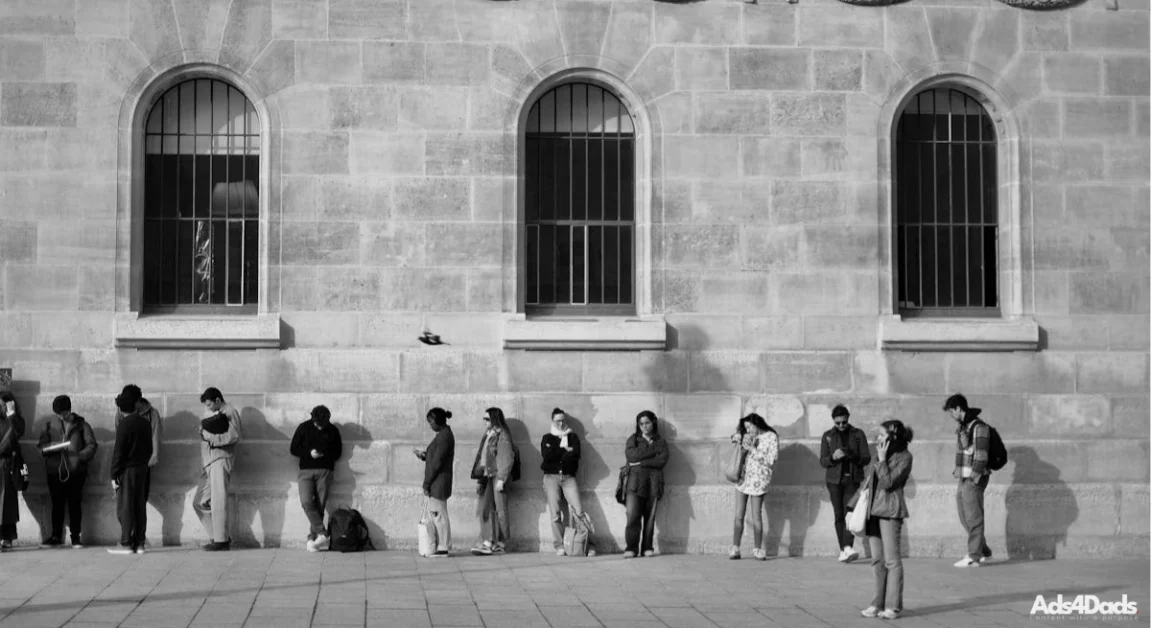Identity theft is more common than ever, but protecting your credit doesn’t have to be complicated. Years ago, I attended a presentation by an FBI agent about identity theft. The stories were eye-opening, but what stood out most wasn’t just what was taught, it was what I noticed. In every case, victims had to freeze their credit after the damage was done. That’s when it hit me: why should I wait for someone to steal my identity?
Instead of reacting to identity theft, I decided to be proactive. I froze my credit with all three major bureaus and haven’t looked back since. It’s been over twenty years, and I haven’t faced a single issue or lost sleep over data breaches. Freezing your credit is one of the easiest ways to protect yourself from financial fraud.
Why You Should Freeze Your Credit
When your credit is frozen, no one, not even you, can open a new credit account without temporarily lifting the freeze. This makes it nearly impossible for a thief to use your information to take out loans or credit cards in your name. The best part? It’s completely free and easy to manage.
If you’re paying for monthly identity theft monitoring, you might want to evaluate what you’re actually getting. Some services offer alerts and support, but they can’t prevent theft like a credit freeze can. In my experience, peace of mind comes from having control, not just being notified after the fact.
How to Freeze Your Credit in Three Steps
1. Visit Each Credit Bureau
You’ll need to go to all three major credit bureaus to initiate a freeze:
The process is straightforward and there’s no charge. When prompted, be sure to select the “freeze account” option. You should never be asked to enter credit card information, if you are, you might not be on the right site.
2. Save Your Login Information
Once you’ve set up your freeze, save your login credentials in a secure place. You’ll need them any time you want to lift the freeze temporarily, like when applying for a mortgage, car loan, or credit card.
3. Opt Out of Junk Mail Offers
Consider visiting OptOutPrescreen.com to stop receiving unsolicited credit offers in the mail. This reduces your risk of pre-approved credit offers falling into the wrong hands.
Looking for more smart financial habits? Check out our entire category dedicated to Money Saving Ideas.
Frequently Asked Questions
Not quite. A credit freeze is mandated by federal law and is free, while a credit lock may be part of a paid service offered by a credit bureau. A freeze is generally more secure.
Yes, freezing your credit doesn’t affect your existing credit card accounts or loans. You can continue using them as normal.
Yes. All three bureaus allow you to temporarily lift the freeze online or by phone using the login credentials you set up.
No. Freezing your credit does not affect your score in any way.
Your credit remains frozen until you choose to lift it. You can also lift it temporarily or permanently at any time.
No way! Your credit is kept below -32° Celsius, it will remain frozen regardless of the weather. LOL
Conclusion
Protecting your credit from identity theft is easier than most people think. By freezing your credit, saving your login info securely, and opting out of unnecessary credit offers, you take control of your financial future. It’s a simple step that offers powerful protection and it’s completely free!
Identity Theft Resources
Are you interested in Earning Cash Back or Statement Credits for Opening a New Credit Card?
Check out these two articles to learn more:













